Raising livestock on the farm may not bring a profit but ensures best quality meat. The animal can be treated humanely and doesn’t require a big tract of land.
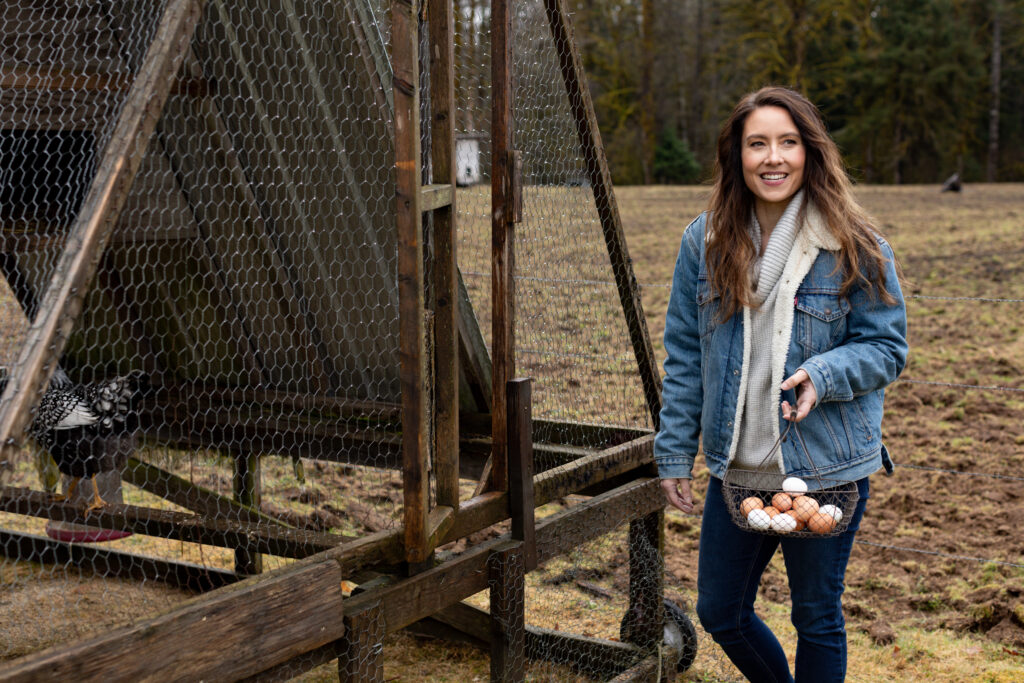
Most homesteaders want to begin raising livestock at some point on their homesteading journey.
Homesteading is a lifestyle not only of self sufficiency, but a lifestyle of community sufficiency as well. It is characterized by working together to locally grow, raise, and preserve our own food.
Even if the meat you purchase meets the standards of the United States Department of Agriculture, you may be surprised at the conditions those animals were raised in. (Join me in my podcast, Decoding mRNA in Meat, with Joel Salatin for more information.)
When you raise an animal for meat, you can know how the animal was treated. You know what care it received, what it was fed, and the overall animal’s health. There’s a peace of mind, accomplishment and security knowing you are able to feed your family in this way.
Here on our homestead, we raise our own pigs, keep a milk cow, raise grass-fed beef, have egg-laying chickens, and raise meat chickens as well. However, there are a few things you need to know if you want to incorporate animal agriculture on your homestead.
You may also be interested in whether or not a herding dog or a livestock guardian dog would be helpful. You can learn more about farm dog breeds in my podcast interview with Jordyn Kelly.
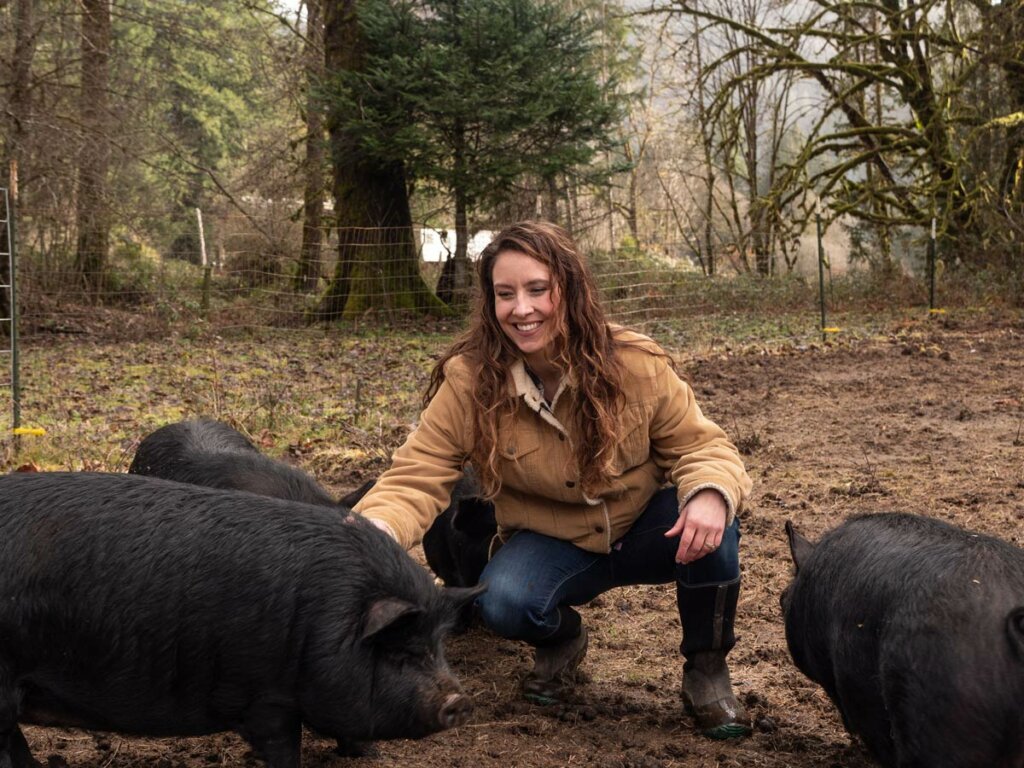
Why I Like Raising Livestock
Recently, every time I go to the grocery store, prices have increased. When listening to the news, there’s another outbreak of something in connection to our food.
It’s no wonder more and more folks are turning towards backyard or pastured livestock to supply their own animal products.
Livestock production is not always easy. Even small scale livestock farming requires an investment of time, money, and muscle, but the rewards outweigh the difficulties.
Raising and slaughtering animals has been practiced for generations and is a way of life in many cultures. I’m so thankful for the experiences I had growing up on a cattle farm.
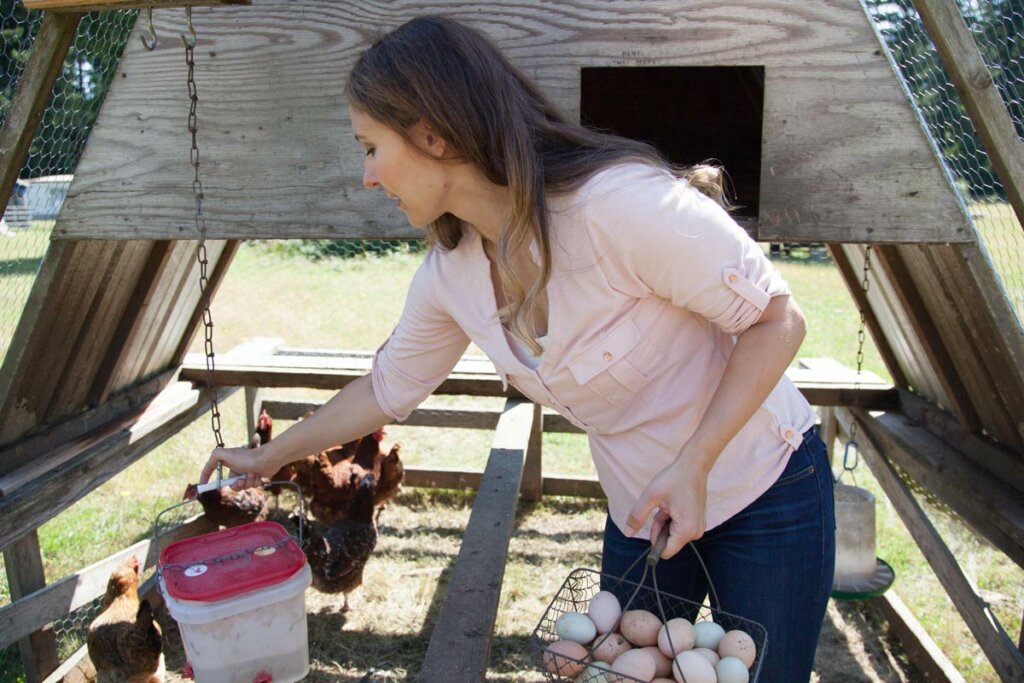
Tip # 1 – Choosing your Livestock
If you are considering purchasing animals to raise for meat, you have options.
- Laying Hens – Some breeds of laying hens can be used for both meat and eggs. If you purchase hens instead of chicks, you can get food from them right away.
- Meat Chickens – Meat chickens can be ready to butcher and eat in 8 weeks.
- Beef Cattle – Grass-fed cows will require acreage to feed on, but will likely provide enough meat to feed your family for a year.
- Pigs – Pigs require fencing, but you get a pretty good amount of meat for six months worth of time and effort. They’ll also eat vegetables from your garden, old bread, and fruit scraps. You will probably have to purchase some feed as well.
- Sheep – Sheep and goats are similar and are easy to raise if you understand the basics. Sheep meat is not as commonly known in some areas, but it’s very tasty if prepared properly.
- Goats – Goats can be a profitable meat source. They don’t require high quality grazing land and are great for brush management.
- Rabbits – Rabbits can be harvested for meat as early as 8 weeks of age making them a very prolific meat source.
- Fish – Backyard fish farming is a unique option. You can raise fish in a pond or any small body of water.
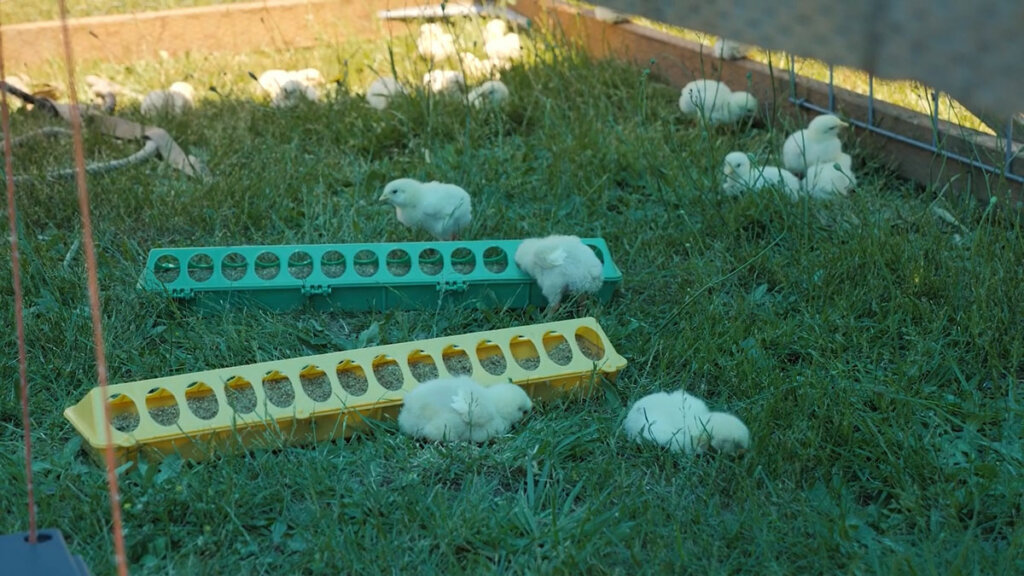
Tip # 2 – Consider the Endgame
If you are unsure what animal to invest in, consider the endgame. This will help you decide which livestock animals to start with. Are you interested in small dairy farms and want to raise dairy animals? Then a goat or cow will be your choice. Check out my guide to raising goats and everything you need to know about dairy cows.
Do you want enough meat products to feed your family for an entire year with one animal? Then beef cattle will be your choice. Listen to my podcast on the pros and cons of raising grass fed beef.
Do you want quick results for your labor and meat on the table as soon as possible? Then you might want to consider meat chickens. They are ready to butcher and eat in as little as eight weeks.
My posts on raising chickens for profit and 10 tips for raising chickens include helpful information to get you started. You can also read about our experience with butchering chicken at home.
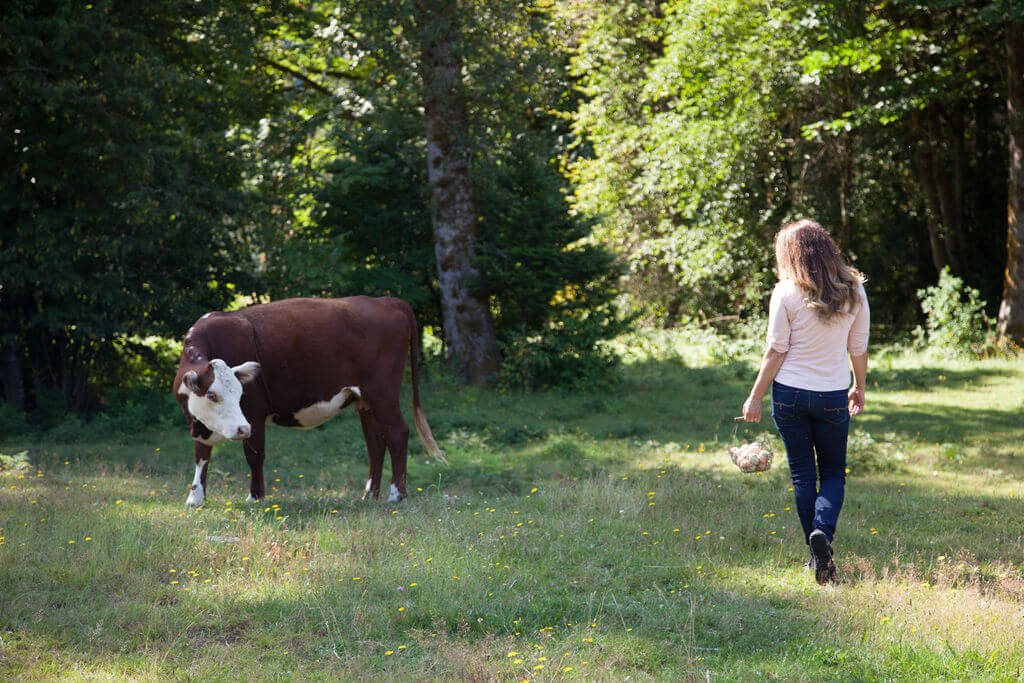
Tip # 3 – Expense of Raising Livestock
Let’s be real here for a moment. It costs money to raise your own livestock. There’s the initial purchase price of your animals, fencing, and shelter, and the ongoing cost of purchasing feed (or growing your own livestock feed). Many people wonder if it’s truly cheaper to raise it yourself.
It’s definitely cheaper for us to raise our own grass-fed organic beef than it is to purchase it. We have enough pasture to feed our animals from spring through fall.
We purchase local fermented grass (haylage) that has a higher protein count than regular grass hay to feed during the winter months. This makes it a better feed option, and it’s cheaper than regular old grass bales.
While piglets and baby chicks require a heat lamp, cattle do not. Our cattle find shelter at the base of the hill behind our home when they need wind protection. They find shelter by the large evergreens if they need it during a big snowstorm.
We do have to keep our fence lines repaired. Barbed wire and posts are a cost we incur every year. We’re able to use my dad’s bull to breed our cows back each season at no cost, so we don’t have to keep purchasing cattle.
For us, grass-fed organic beef is extremely frugal. However, that might not be the case for you. If you don’t have pasture (or need to rehabilitate your pasture) and have to purchase feed all year long, then it might not be cheaper.
You’ll need to weigh the difference between the going cost per pound to purchase the food in your area versus your costs to purchase, house, feed and butcher your animal. For tips on getting the most out of your grass fed beef, I share everything you need to know on butchering day and tips for butchering large animals at home.
As with any homesteading endeavor, we are constantly evaluating and perfecting. This year when we counted our expenses we discovered that we barely came under the cost of purchasing whole organic chickens at Costco.
This year, we’re planning on purchasing our feed in bulk and going in halves on renting the butchering equipment with our neighbors to help cut costs more. Local farmers are almost always willing to share and help each other.
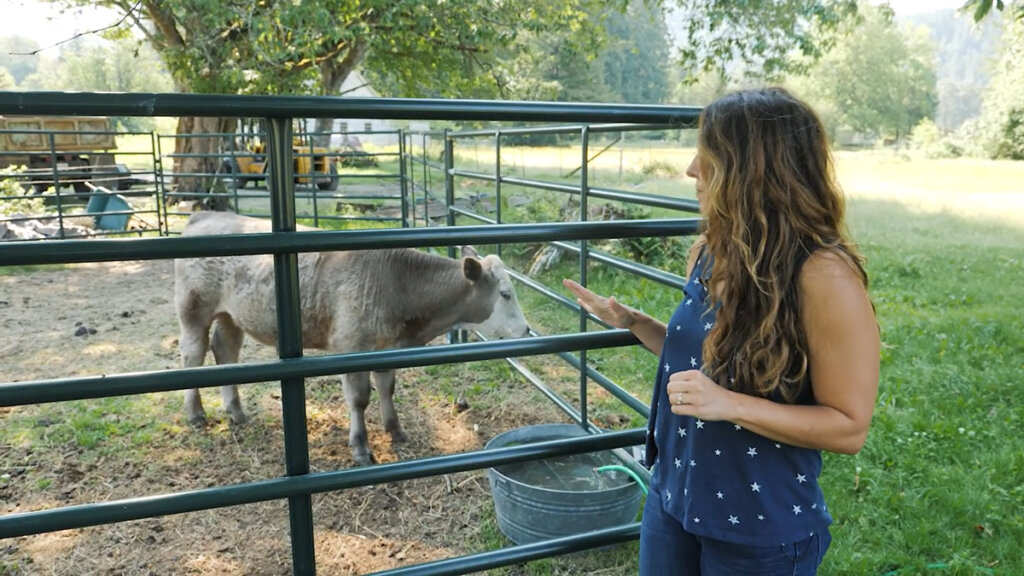
Tip # 4 – Time Investment
Raising livestock includes a pretty large level of commitment. Most animals will require daily watering and feeding. We don’t feed our cattle during the summer, but checking the fresh water levels is a daily requirement.
One way to help out with the watering is an automatic stock tank valve. Basically, it keeps your water tank full without you having to do it. This is especially helpful to keep our livestock cool during hot summer months when our cattle can drain our tub while we’re at work.
You’ll want to keep an eye out for illness or injury, and the best way to do this is to daily inspect your livestock. It can simply be a quick visual sweep across the herd in the pasture or strolling among them for a few minutes in the evening.
It’s also good to know some herbal remedies for animals to prevent and treat common issues. Check out the most common poultry diseases every homesteader should be familiar with to help prepare you to know what to look for.
If you plan on leaving home for a period of time, you’ll need to find someone who will check in on your animals for you. When we go camping, we often enlist the help of neighbors or family to check on our animals.
No matter what the weather or how you’re feeling, your livestock will need tending. However, we’re able to raise almost all of our own meat, even when my husband and I both work full time.
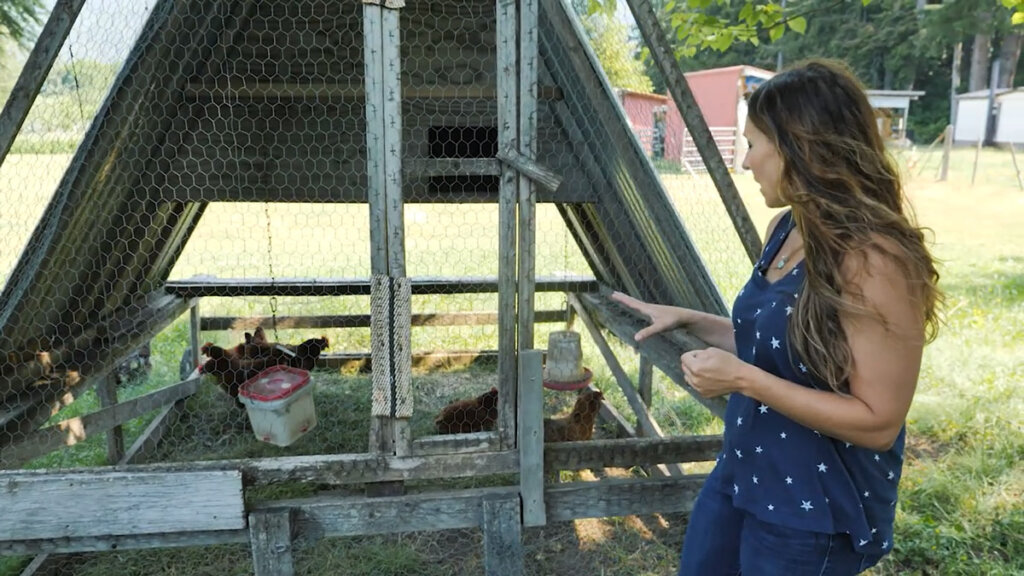
Tip # 5 – Emotional Investment
You can’t make pets out of livestock. You will care for them and get used to seeing them in the field or backyard, but always remind yourself that they are your food source.
We do our very best to make sure our livestock have a safe and clean living environment that mimics how they would live if they were wild. This means pasture raised and grass fed for us.
Our children know our livestock is for meat. They help with their care, but we don’t hide the harder part of farm life from them. I was raised on a cattle farm, and I’m grateful for that upbringing.
I know what goes into our food, and I know the work and the end result. Knowing all that, I absolutely choose it for myself and my family.
We don’t name any of our livestock that is being raised for food. Except for our cattle, which we named Hamburger and T-bone one year. There wasn’t any confusion on which steers were being butchered!
In conclusion, I believe raising livestock is worth it, despite the investment and the costs.
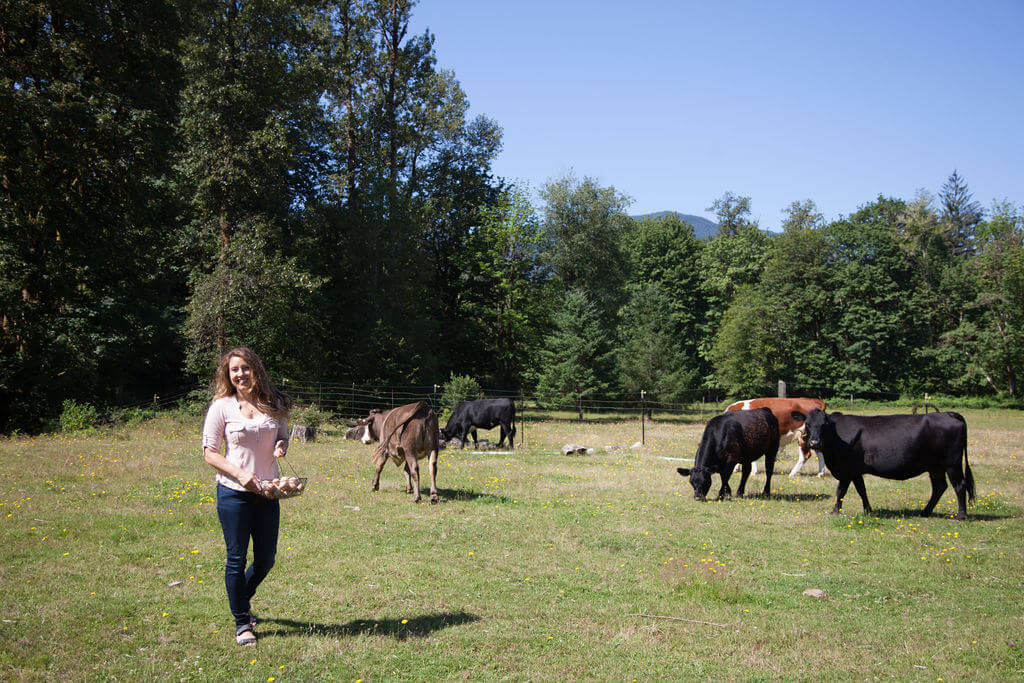
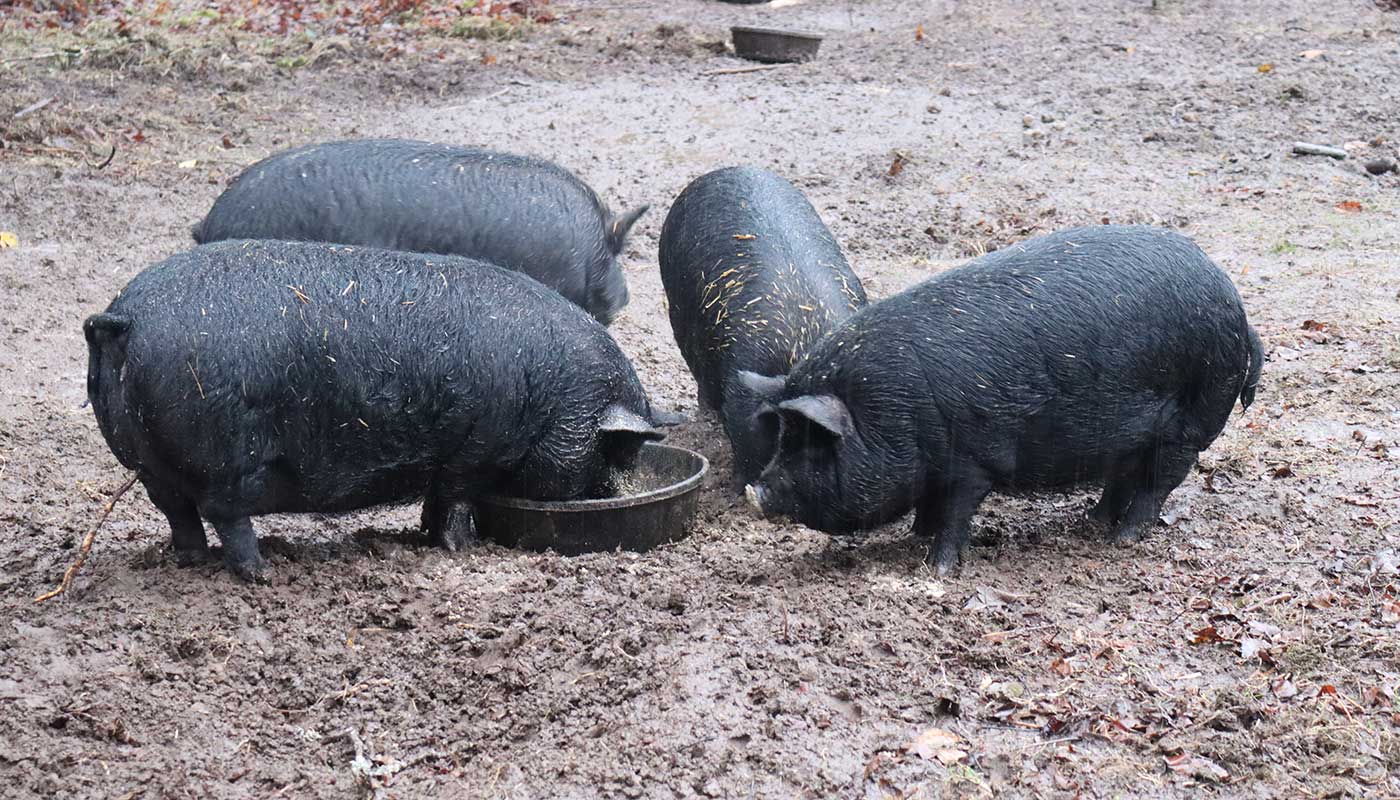
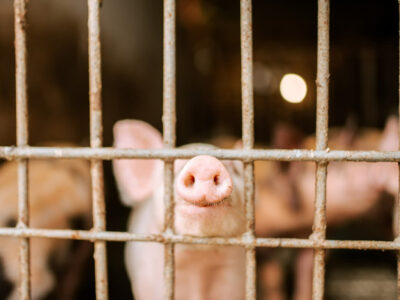
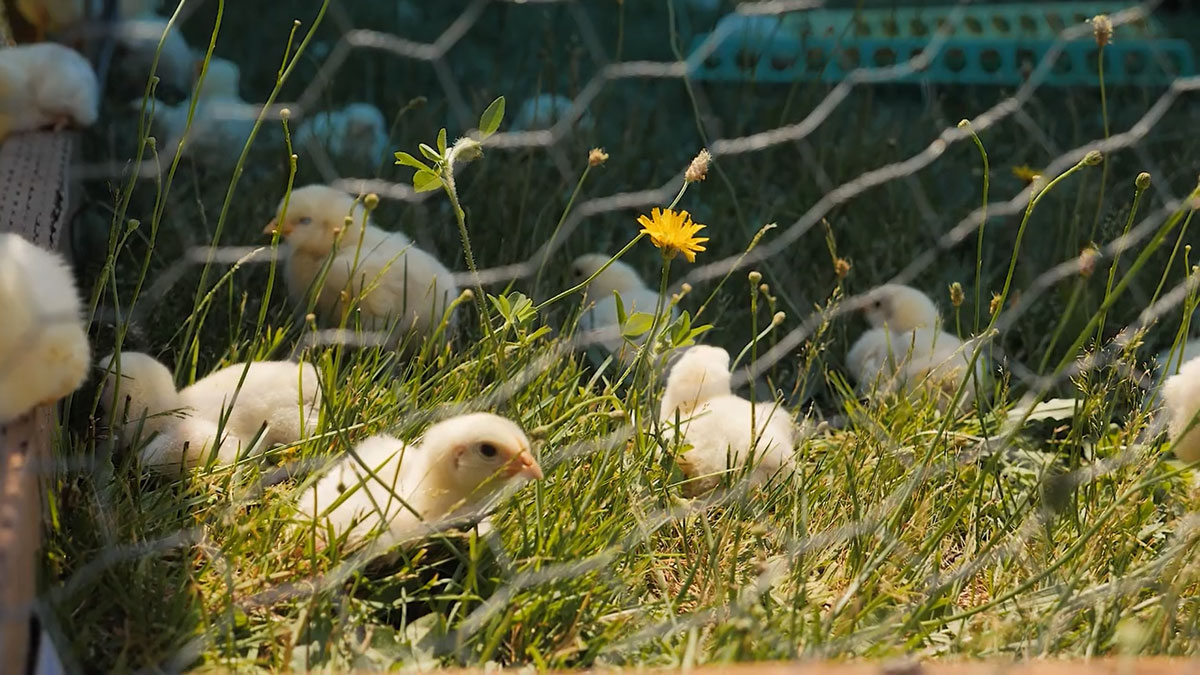
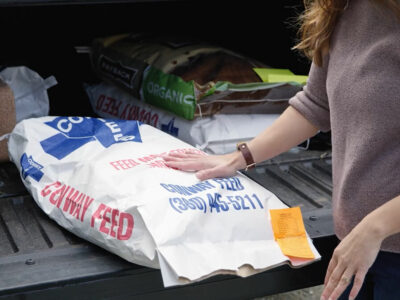
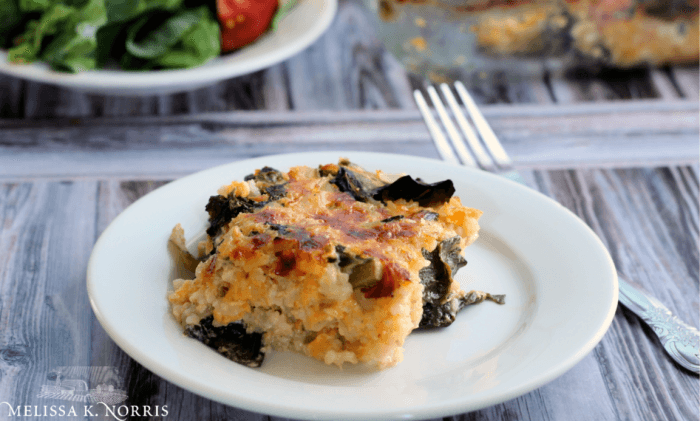



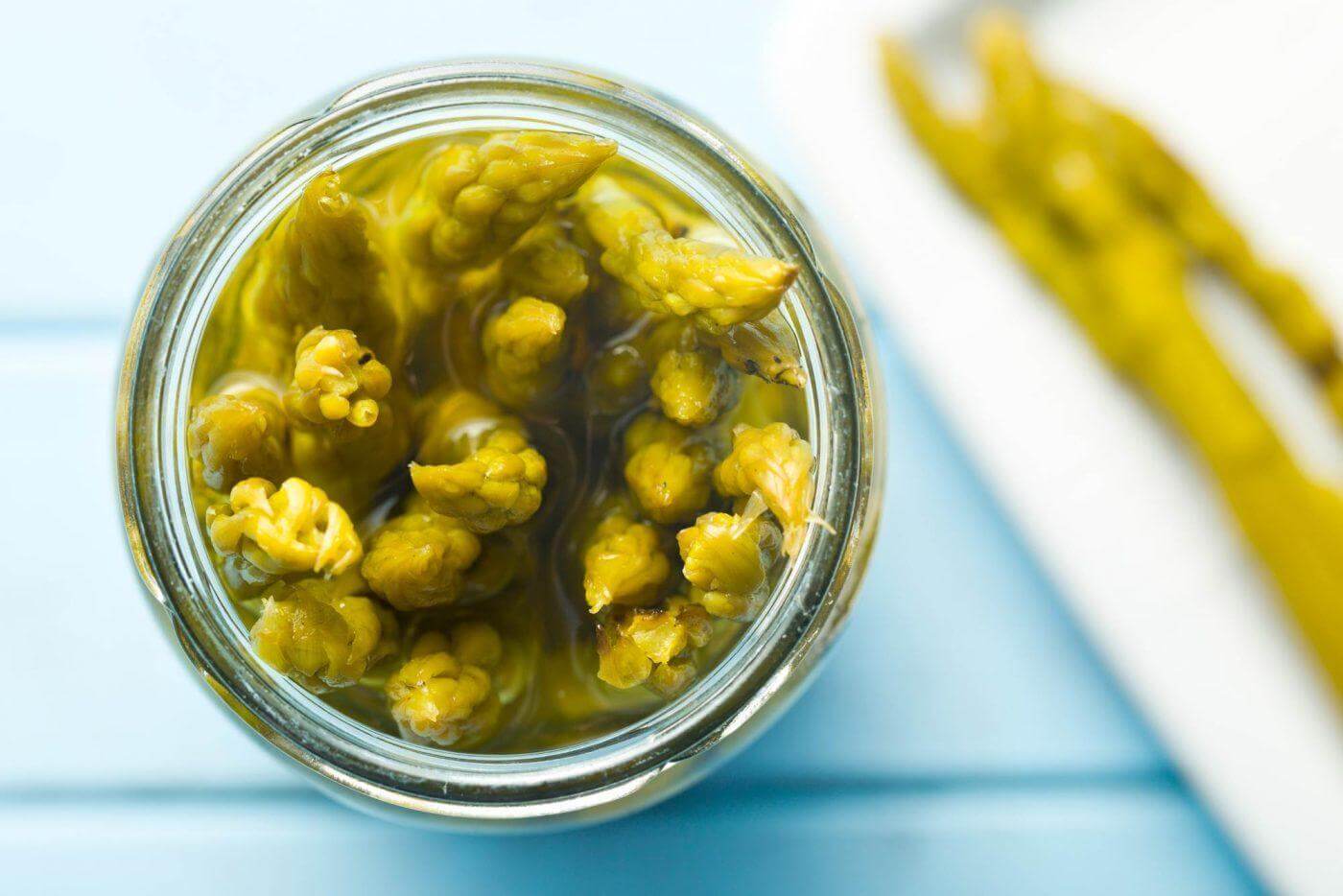

https://iranitmohebi.com/
It really was one of the best articles I’ve read about livestock. Thanks for sharing
I thought it was interesting when you explained that barb wire is an important expense when it comes to caring for cattle. I would imagine that this type of fence is important for keeping predators away from the livestock and for keeping them from escaping. It seems like it would be a tough time trying to round up cattle if they were to escape from their grazing areas.
I thought it was interesting when you explained that it is important to make sure your livestock don’t get sick when running a farm. My brother is interested in purchasing a large plot of land, and then raising some cattle. I’ll be sure to share this information with him so that he’ll have an idea of the things he needs to look for when taking care of cattle.
[…] When you’re truly living off of what you can grow, especially if it’s not livestock (this allows you to render down a fat source) it can be hard to get a substantial amount of calories from just vegetables and fruit. A dried bean gives you both. (Here’s 5 Tips to Raising Livestock) […]
Goats are also a dual animal, you get milk and if you are planning on getting meat from them, bred them with a meat goat (we had a 1/2 boer 1/2 nubian buck) and you can actually get close to 25 pounds of meat off a 7 months old kid. We bred to have them this time of the year so they are ready to butcher in the late fall. We use the meat, keep and tan the skins (haven’t done anything more than that though yet but plan to) and do not have to winter them over. The does can be kept milking sometimes up to a year or 2 before rebreeding. Multiple births are very common, just had triplets on Sunday. I try to sell the does for $50 each but if they do not sell I do not worry since I know they can always go into the freezer of canning jars. Make excellent sausage. Just finally figured out that the roasts are best on slow and low when cooked. You can raise 7 goats or sheep for the same amount of feed you need for one cow. Also goat milk is very healthy. Makes good cheese (does not melt as well as cow cheese though). Those that are lactose intolerant can usually handle goats milk. There are exceptions though of course.
[…] Tips to Raising Livestock from Melissa K. Norris […]
[…] Tips to Raising Livestock from Melissa K. Norris […]
[…] Tips to Raising Livestock from Melissa K. Norris […]
[…] Tips to Raising Livestock from Melissa K. Norris […]
[…] 1. Eggs. Our laying hens provide enough eggs to keep us in stock all year round. A few months in the late fall and early winter we run a little lean, but the girls pick back up after molting. For our family 4 laying hens is enough to keep us in eggs. Want to raise your own backyard chickens? Then you absolutely need to get yourself signed up for the Home Grown Food Summit and you’ll get a FREE e-book all about raising backyard chickens to your inbox. You’ll also want to check out our 5 Tips to Raising Livestock for Food […]
[…] Tips to Raising Livestock from Melissa K. Norris […]
[…] Tips to Raising Livestock from Melissa K. Norris […]
[…] Tips to Raising Livestock from Melissa K. Norris […]
[…] Tips to Raising Livestock from Melissa K. Norris […]
[…] Tips to Raising Livestock from Melissa K. Norris […]
[…] Lady How to Prevent and Naturally Treat Mastitis in the Family Milk Cow from North Country Farmer Tips to Raising Livestock from Melissa K. Norris Raising Baby Chicks – Top 5 Chicken Supplies from Easy […]
[…] Tips to Raising Livestock from Melissa K. Norris […]
[…] Tips to Raising Livestock from Melissa K. Norris […]
[…] Tips to Raising Livestock from Melissa K. Norris […]
[…] Tips to Raising Livestock from Melissa K. Norris […]
[…] Tips to Raising Livestock from Melissa K. Norris […]